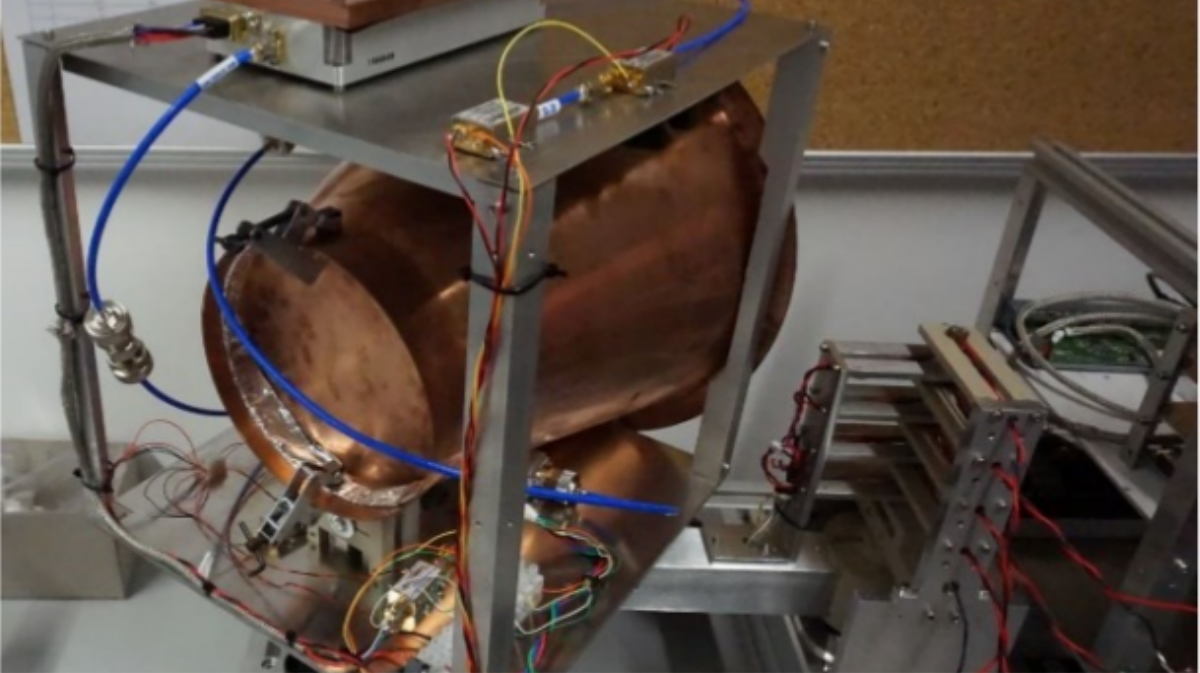A German Team Is Now Trying to Make the ‘Impossible’ EmDrive Engine

Since the beginning of the space race over half-a-century ago, humans have walked on the moon and remotely explored the surface of two other planets in our solar system with robots. But so far, only a single spacecraft has made it to interstellar space: Voyager 1, launched in 1977, is currently speeding through the void at a blistering 40,000 miles per hour and covering about 325 million miles per year. Yet even if it was headed in the direction of Alpha Centauri, our closest stellar neighbor, it would take Voyager over 80,000 years to arrive.
For a little more perspective on the timescales involved here, 80,000 years ago on Earth the first homo sapiens were spreading out of Africa into Asia. Yet the German researchers noted that when they changed the direction that the EmDrive was facing, the direction of the thrust changed, but the level of thrust did not, even when the EmDrive was oriented in such a way that any applied power should produce zero thrust. When they calculated the forces resulting from a combination of Earth’s magnetic field, the length of their cables and the electric current flowing through them, they found that the result was equal to a few micro-Newtons, which is comparable to the ‘thrust’ they had observed in the vacuum chamber.
“We therefore suspect that the interaction of the power feeding for the amplifier with the Earth’s magnetic field masked any real thrusts that could be below our observed value,” they wrote. In a future test, the researchers said they planned to add Mu-metal sheets to the setup that would shield the device from these unwanted outside electromagnetic influences. Yet as they note in their paper, this type of shielding was not used during the NASA experiments.
Source: vice.com